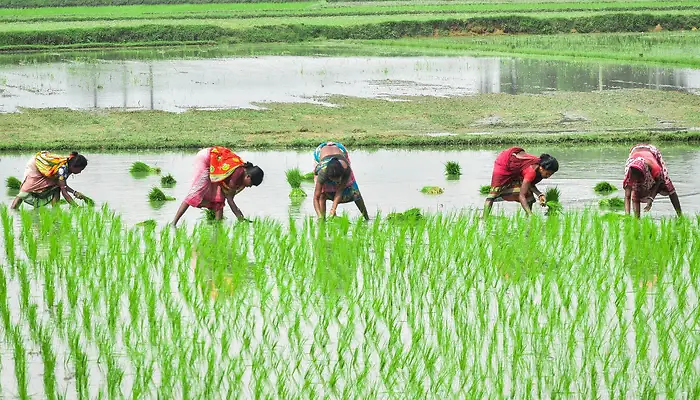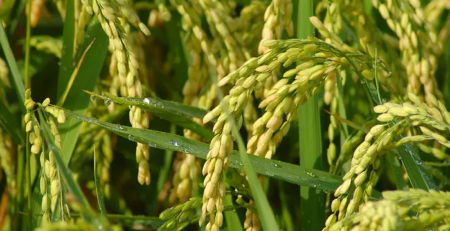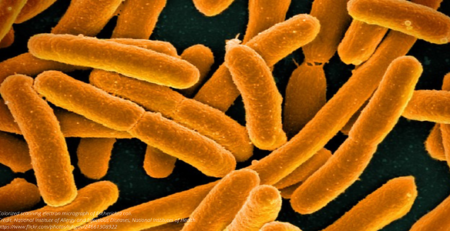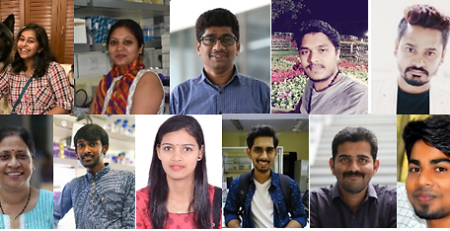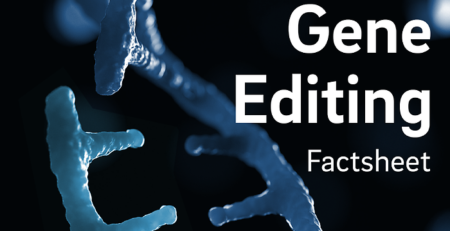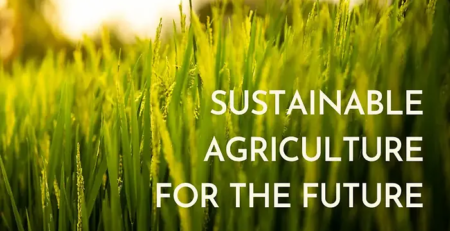By Dr Deepak Pental, CSIR Distinguished Scientist and former Vice-Chancellor, University of Delhi

Agriculture globally has to meet the challenge of feeding a growing population while minimizing its environmental impacts. For India, there is an additional challenge of making farming profitable for small landholders. Around 44% of India’s population of 1.38 billion depends on farming for a living; most of them are small landholders. Both at the global and national levels, we need low-input, high-output agriculture; low-input in terms of both natural and monetary resources.
A big shift in human evolution occurred around 12,000 years ago when a sedentary living mode centered on agriculture began in the Fertile Crescent. Several crops and animals were domesticated in the Fertile Crescent and later in other parts of the world. Till 1700, the annual growth rate of the human population was around 0.4%. Famines, epidemics, high infant mortality, and wars kept population growth in check. A population explosion occurred from 1800 onwards, more so in the 20th century, pushing the global population from 1.96 billion in 1900 to the current population of 7.8 billion. The global population explosion resulted from better hygiene, proper sewage management, treatment of potable water, and modern medicine – vaccines, drugs, and diagnostics. Everyone looks forward to technologies that protect human life, sometimes frantically, as in the case of a vaccine for COVID-19. However, there is very little awareness and appreciation of how the food and nutrition requirements of a current global population of 7.8 billion people have been met.
Breakthroughs in plant breeding – hybrids in maize, dwarfing genes in wheat and rice were some of the key genetic modifications that initially helped the developed world, and later the developing countries, meet the food requirements of a burgeoning population. Between 1961 and 2018, the global area under cereal crops has increased only by 12%; however, yields per hectare increased by 201% and total production by 238%.
It is fashionable among ideologues and urban elites to criticize the green revolution of the 1960s as it has led to over-exploitation of water resources and an increase in the use of fertilizers and agrochemicals. Indeed, there are challenges; however, these cannot be met by slamming the green revolution’s technologies or by going back in time. The current crisis can be met by innovation and the use of the new technologies of plant breeding.
Let me explain the importance of the new technologies using a very contemporary development – the emergence of the SARS-COV-2 virus as a new pathogen that causes COVID-19 disease in humans, which can be fatal. In evolutionary biology, the interaction between the pests/pathogens and their hosts at the gene or the organism level has been described as the great ‘arms race’. The host evolves defenses against the pathogen, which in turn goes under intense selection pressure, leading to the pathogen developing a mechanism that would evade or overcome the host’s defenses. Just as human beings are vulnerable to some major pests and pathogens that thrive at the expense of energy-rich cells and tissues in the human body, every crop has several pests – viruses, bacteria, fungi, oomycetes, nematodes, insects, herbivores, weeds, and even parasitic plants. Many insect pests are vectors for transmitting plant viruses, just as mosquitoes are carriers of many human pathogens. One way is to let the ‘arms race’ run its course as it has happened in nature over millions of years of evolution. The other way, peculiar to the species Homo sapiens, is to intervene based on accumulated knowledge.
Since the 1950s, there have been astounding developments in understanding the molecular and chemical basis of life. Equally astonishing is the pace at which this knowledge has been converted into tangible technologies – two significant examples being Genetic Engineering (GE) and the more recent Gene Editing (GEd). Incidentally, insights gained by the study of the ‘arms race’ between bacteria as hosts and their viral pathogens, bacteriophages, contributed immensely to the development of both GE and GEd technologies.
An important insight was the restriction-modification system; bacteria contain genes that encode for enzymes that cleave DNA at specific nucleotide sequences and thus destroy the DNA of an invading phage. These sites are, of course, also present in the bacterial genome. To protect themselves from destruction, bacteria also contain site-specific methylases that protect the sites from restriction enzymes. The discovery of a battery of restriction enzymes from different bacterial species coupled with the use of autonomously replicating units, called plasmids, led to the Genetic Engineering revolution in the 1970s. DNA from any species could be transferred and expressed in another species. Examples are the production of human insulin in microorganisms for therapeutic use and the transfer of a bacterial insecticidal gene into cotton for protection against lepidopteran pests.
The second major defense mechanism found in bacteria against pathogenic phages has recently been in the news, as two scientists Jennifer Doudna and Emmanuelle Charpentier, working in the area, received the Nobel Prize in Chemistry for the year 2020. In a seminal paper published in the journal ‘Science’ in 2012, the two scientists’ laboratories described the molecular mechanism by which the CRISPR-Cas9 (clustered regularly interspaced short palindromic repeats and CRISPR-associated protein 9) system destroys the genome of an invading bacteriophage. In the CRISPR system, a specific region in the bacterial genome collects small DNA snippets of the invading phage between repeat-spacer arrays and uses these for future immunity to that phage. The CRISPR arrays always coexist with the Cas protein-encoding genes. The crucial components for cutting the phage DNA in the bacterium and in a test tube were the Cas enzyme, the CRISPR RNA, and the tracrRNA. Charpentier and Doudna’s labs went further by showing that any DNA sequence can be targeted for cleavage by Cas9 and a gRNA – a hybrid RNA consisting of tracrRNA and an RNA stretch that is strictly homologous to the target DNA. All we need to do is to express Cas9 and gRNA in the organism.
The CRISPR-Cas9 system of gene editing has been tested in plants, animals, and human cells. Many variants of the system have been described from other bacterial species. DNA cleaving enzymes have been engineered for higher specificity. The science behind gene editing, various applications of the technology, and the ethical issues involved have been discussed exceptionally well in the book ‘A Crack in Creation: Gene Editing and the Unthinkable Power to Control Evolution’ by Doudna and Sternberg. The book is a must-read for students of science and social science disciplines, the political class, and technology opposing ideologues. I was pleasantly surprised to find her to be most supportive of the use of genome editing in plants. However, like many others, she is uncomfortable with germline editing in humans.
Pests and pathogens are a major threat to global food security. There are two ways to tackle pests and pathogens – either by using agrochemicals or by breeding for resistance. Both GE and GEd technologies are highly relevant for dealing with major pests and pathogens destroying our crops. Resistance conferring genes present in wild relatives can be transferred to crop plants through GE technologies for more durable resistance. Susceptibility genes in host plants that are exploited by pathogens can be knocked out from genomes using GEd technologies. An example of gene editing for resistance in plants is knocking off the genes in wheat that cause high susceptibility to the powdery mildew disease. GEd technologies can also be used for suppressing pest populations – a possibility that needs to be explored for controlling vector-borne diseases in human beings as well as controlling some of the significant insect pests of plants.
The pace at which scientific discoveries are being converted into tangible technologies is accelerating. The United States and Europe are still at the forefront of generating knowledge. However, others are catching up by developing competency in new areas of R&D. The highest number of and most cited publications in genome editing are from the US, followed closely by China, leaving Europe much behind. Except for European countries, countries all over the world are relaxing biosafety norms for using GEd technology for gene knockouts and generating mutations to develop more desirable allelic variants of a gene. To keep pace with progress made globally, India needs to take some positive decisions on the use of the new technologies at the earliest.

